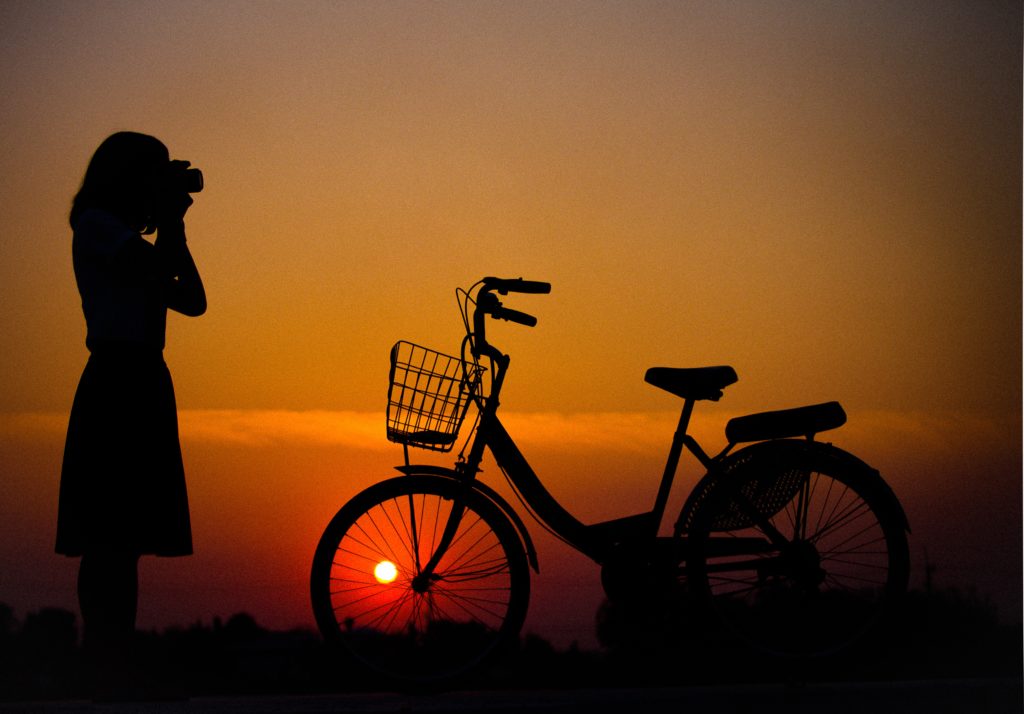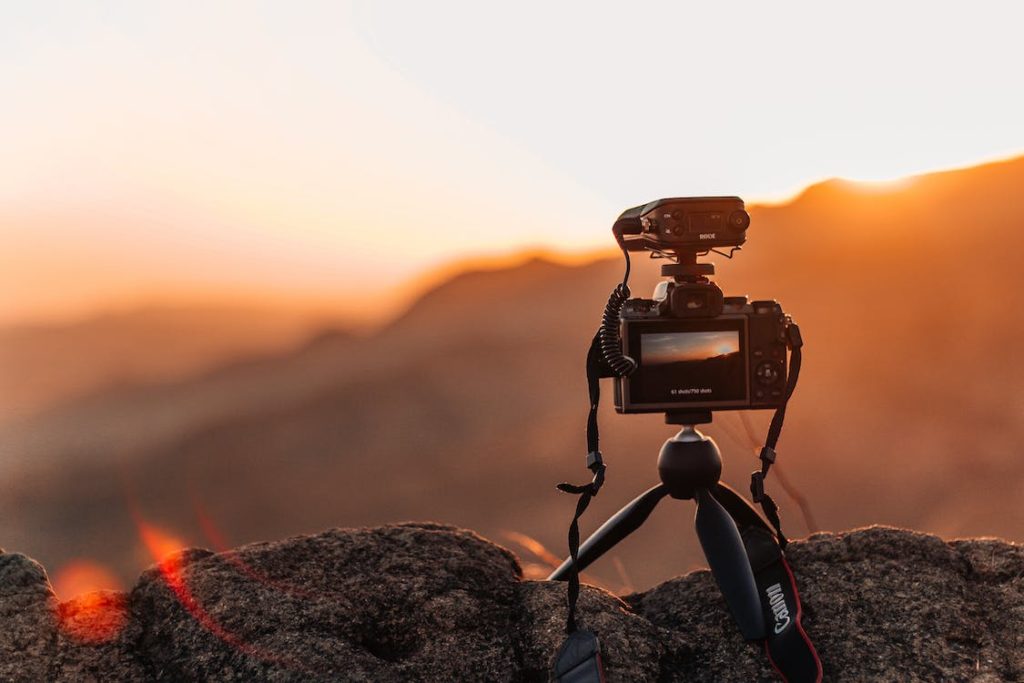Backlighting in photography is a method used by photographers to create dramatic lighting. It can be used in both studio settings and when shooting outdoors. Backlit photography techniques can add another dimension to your photography and improve your photos dramatically. Taking properly backlit pictures can be challenging at first, but trust me, once you have it down- the results are fabulous! Read on to learn about backlighting in photography and how you can use it to create stunning portraits, and more.

What is Backlighting?
Backlighting in photography refers to a technique that involves placing your primary light source behind the subject. Positioning the light behind your subject emphasizes its characteristics while creating a distinct atmosphere. If performed correctly, backlighting in photos creates a dramatic layer that adds contrast and distinguishes your subject from their environment or backdrop.
Backlighting is a popular technique that many photographers use to enhance their portraits and other photos; however, it comes with its share of challenges. If you’re beginning to learn how to take backlit photos, expect to experiment with exposure and composition until you get it just right. Practice makes perfect, and once you’ve got backlighting down, you’ll find yourself using it over and over again.
How Does Backlighting Enhance Photos?
Backlighting can add more depth to your photos if done correctly. Properly backlit photographs can change the atmosphere and emotional tone of a composition. Backlighting is not the easiest technique to master, and it isn’t appropriate for every project. To better discern if you should use backlighting during a session, it’s vital to understand how it impacts the image overall:
- Backlighting brings the drama: Backlighting in photography can be used to create moody and dramatic photos. This can be seen in photo shoots that are taken outdoors with low lighting. For example, a dramatic sunset behind your subject makes for a splendid backdrop.
- Emphasizes the subject: Properly backlit photographs emphasize the subject against the light source and background. When taking backlit portraits, make sure you don’t drown out your subject with the light source behind them. The subject should be the primary focus of the composition, not the dramatic sunset.
- Makes the most out of limited natural lighting: Finally, backlighting can take advantage of conditions with limited natural lighting. Whether it’s a beautiful sunset or sunrise, you can use backlighting to create breathtaking photos that truly highlight the subject.
How Do You Take a Properly Backlit Photo?

Taking a properly backlit photo takes a lot of practice and experimenting with your camera settings until you achieve your desired results. While every photographer’s style is certainly different, and no two photos are going to be the same, there are a few things to keep in mind as you make your first attempt at backlighting. Here are a few tips to get you started:
Timing Is Everything
If you’re shooting outdoors, it’s important to be mindful of what time you go out. The sun’s position is just as important as the settings on your camera when it comes to backlighting in outdoor photography. Sunrise (blue hour) and sunset (golden hour) are both great times to take backlit photos outdoors because the sun is in just the right spot to provide the perfect natural light source. Mid-day is not ideal for backlighting, as the sun’s position makes it impossible to place a natural light source behind your subject.
Find the Right Settings
When taking a backlit photo, it’s important to make sure your camera’s settings are adjusted correctly. First, your camera should be in manual mode, so you have full control over what you’re doing. Autofocus is helpful for quick photos, but it can be annoying if you want to highlight certain features on your subject.
It may be tempting to overexpose your image because so much sunlight surrounds your subject, but bear in mind that you want to keep the detail of their features intact in the final product. If you underexpose your subject, you can always edit the photo in lightroom (or your preferred software) to preserve and enhance their features.
As for shutter speed, you should use higher settings for moving subjects. Use lower speeds on subjects that are stationary. If you are taking a portrait of a single subject, then an aperture of f/5.6 or below should be fine.
Light up Your Subject
In order to take a properly backlit photo, place your subject in front of your primary light source. For example, the sun should not be in the photo but should emphasize your subject. The light from the sun will surround your subject and bring out their features, but the sun itself should hide behind them for the most part.
Use Spot Metering
Spot metering refers to focusing your camera on a specific part of your frame and assists you in finding the best exposure for that part. Spot metering is helpful when backlighting because it helps avoid underexposing your subject when properly backlighting a photo.
Find the Right Angle
During any photoshoot, you should experiment with different positions and angles. You know, have fun with it. You’ll never know which photos will wind up being your favorites. Additionally, it will give your client or subject different photos to use after the shoot is over and you’ve delivered the final product.
Closing Thoughts
Backlighting in photography can help create dramatic lighting. Whether you are outdoors or in the studio, it can help bring the most out of any backdrop. Backlighting adds another dimension to your photography and can transform great photos into something truly breathtaking. Learning how to take properly backlit pictures can be a difficult challenge at first, but it will pay off in the long run.
Are you interested in learning other techniques to add depth and drama to your photos? Check out my guide on film grain vs. digital noise to learn about these unique and moody effects.
Also, be sure to check out my blog for more helpful photography tips and to see my most recent shoots!
